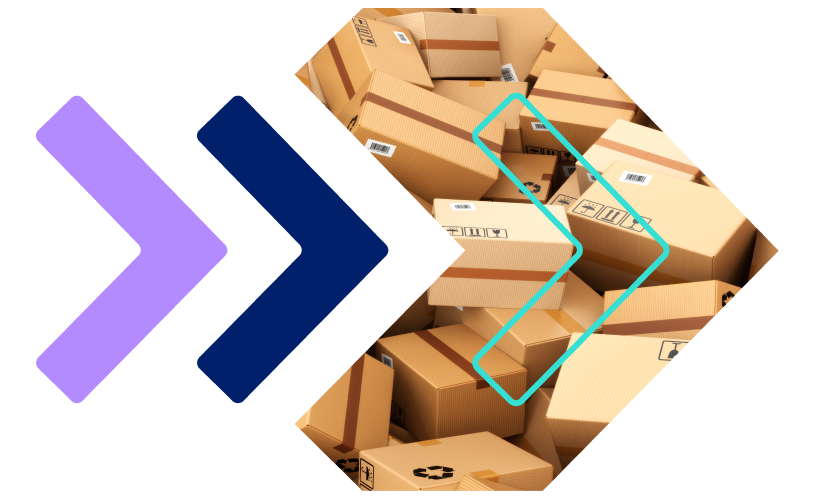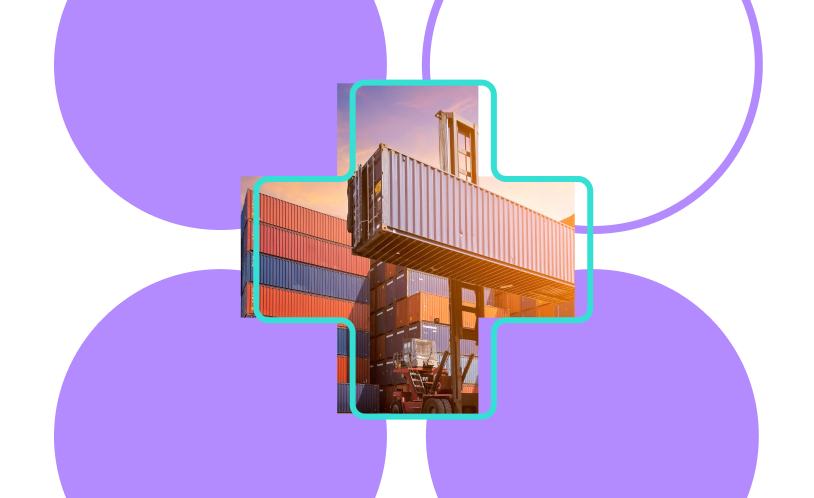Forget the internet buzz about fraud. It does happen, but it’s rare. Your biggest concern is product quality, which can be a problem, even with simple products.
This guide covers the fundamental principles of inspection and managing product quality. Two of the sections, Pre-shipment Inspection and Pay The Balance Owing, are the last two steps in the supplier process.
Define Product Quality
These key concepts will help you define and communicate product quality:
- Product defects. In the quality control (QC) world, it’s common to classify defects as minor (largely cosmetic), major (impairs a product’s function), and critical (may harm your consumer). Armed with these definitions, you can set a threshold of how many defects of each type are acceptable per your product lot. Make sure that you clearly state this in your purchase agreement.
- AQL levels. AQL stands for ‘Acceptable Quality Limit’, the maximum allowed number of defects per batch based on ISO 2859 statistical standard. For consumer goods, typical AQL values are 4.0 for minor defects, 2.5 for major defects, and 0 for critical defects.
- Safety regulations. Make sure you’re familiar with the standards and regulations that apply to your product in your chosen market. The EU uses REACH or RoHS Directives, but the US uses standards issued by ASTM, CPSC, FDA, etc. The Safety Standards & Labeling guide covers the tests and certifications you need to prove compliance.
Product quality isn’t the only thing you should be checking out. It is now common for retailers to have a supplier/vendor code of conduct, which lists a set of ethical and social requirements for any factories looking to supply to them. These requirements usually include safe working conditions, zero tolerance for forced labor and child labor, fair labor policies, wages, worker representation, pollution controls, etc.
Corporate social responsibility (CSR) should not be an afterthought, but an important factor influencing your choice of supplier. Before you place your order with a new supplier, you should order an audit of their facilities to check whether they meet your standards for ethical and sustainable sourcing. It is also a good practice to carry out a follow-up audit at least once a year.
Get Expert Help
You can choose either for the factory to conduct inspections, or work through a QC provider. There are several advantages to engaging a third-party QC provider:
- No conflict of interest. QC providers are independent of your supplier.
- Fast response. Leading providers have offices in each major manufacturing region and can usually get inspectors to your factory in under 48 hours.
- Expert advice. They can assist at every stage of your sourcing, including defining your quality standards, developing an audit program for your supply chain, and factory audits investigating the real working conditions in your supplier’s factories.
But there are also a couple of potential disadvantages:
- Additional costs. Getting product quality right is crucial, but having expert help comes at a cost. Discuss all available pricing plans and check for any extra charges.
- Product knowledge. It’s unlikely that an inspector will know your product as well as you do, so think carefully when setting up quality control protocols.
Product Inspection Instant Quote
Pay The Balance Owing
With your products inspected at the manufacturer’s facilities, you can demand rework to your specifications if required, or confidently approve your order for shipment.
If approved, you will also authorize final payment. Ideally, you only pay after the goods are shipped out, suppliers generally don’t accept this arrangement.
The Best Times To Inspect
QC procedures can be carried out at any one or more of the following stages of your production process:
- Initial Production Check (IPC). A preliminary inspection of all machinery and materials to be used in your production, conducted before your production begins.
- During Production Inspection (DUPRO). An on-site product inspection that checks whether the factory is continuing to follow your specs, and whether production is on schedule. It is conducted when 20%-80% of your order is completed.
- Pre-Shipment Inspection (PSI). The final opportunity to take corrective action before your order is finished and packed. It is conducted when your production is at least 80% complete.
- Container Loading Check (CLC). One final check when your order ships, to make sure the quality, quantity, labeling, and packaging followed your instructions.
- Production Monitoring (PM). Not a separate stage of quality control, but rather, a continuous process, where an on-site inspection is performed every day of your production. This type of check is best for sensitive and challenging orders when you want everything to be perfect.
After the first shipment, you will be gaining more trust with your supplier and probably won’t need to be as stringent with QC. But, it’s not uncommon for production standards to slip over time, so you will want to periodically check and help prevent “quality fade.”
This guide was contributed by Mathieu Labasse from Qima



